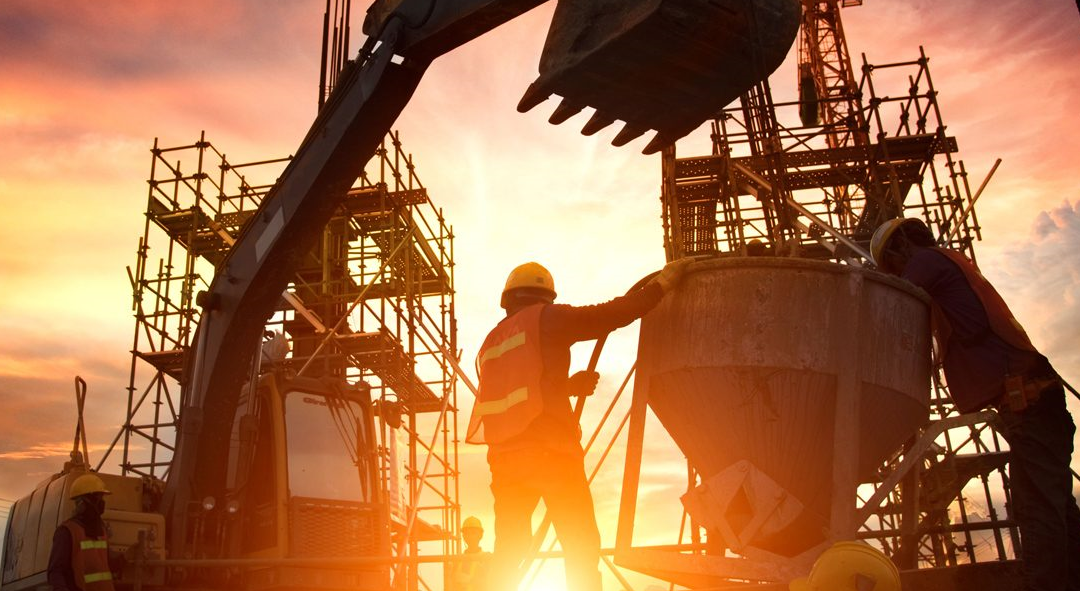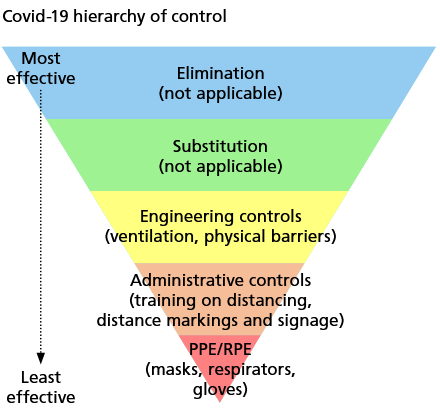As companies and individuals return to work this is a subject area that most will have to grapple with. But let’s be clear this is a common process (at least it should be?) , one that most companies and their employees will have followed on many occasions – after all it is a legal requirement.
Like all ‘hazards’ the impact of Covid-19 will vary from company to company, dependent on; the work requirements/activities being undertaken and the manner in which individuals are exposed to it. Additionally, as is the norm, companies and organisations will also have their own particular methodology to follow in completing a risk assessment.
Assessors should not lose sight of the basics i.e. who is doing what and how, where they are doing it, why are they doing it and what equipment are they are using – as with all risk assessments a thorough understanding of the tasks or activities is vital to assess exposure and to qualify any subsequent control requirements, hence individuals involved in the task should be involved in the assessment.
The risk assessment should clearly recognise the virus as a hazard and should reflect that it is spread in minute water droplets expelled from the body through; sneezing, coughing, talking and breathing. It should also be recognised that the virus:
- can be transferred to the hands and to surfaces.
- it can survive on surfaces for a period of time after transfer (depending on such things as the surface type, its moisture content and temperature).
The risk assessment should also conclude that if it is passed from one person to another, whilst the vast majority of invividuals survive infection, some individuals may die and hence it should be regarded as a high hazard.
Perhaps the most difficult aspect here will be determining how exposed individuals will be and hence there are many questions you may wish to consider:-
- While at work how might employees meet people with the disease, how frequently and for how long?
- How do employees travel to work and does this expose them to public crowds?
- Do you know which employees have vulnerable medical conditions that make them more susceptible to the disease? Which of your employees are from a BAME background? What is the age of your employees?
- How do you capture this information?
- Do you know which employees have people in their households who may have increased exposure to the disease?
- If someone in an employee’s household must isolate, what will you require your employee to do?
- Where are employees meeting people who may have the disease and does this increase exposure (e.g. in a confined space, in a well-ventilated environment or outside)?
The above list is not exhaustive and you may well need to consider additional aspects dependant upon the activities/tasks being considered.
Once you have assessed the ‘likelihood’ as is normal you can begin to consider how appropriate controls can be used to provide mitigation and how they might be implemented, as always the ‘safety hierarchy of Control’ is a useful tool in determining what can actually be achieved.
Image Courtesy of: IOSH, 2020
In this particular instance ‘Administrative controls’ will almost certainly provide the best options for the majority of organisations although some Engineering controls such as the implementation of ‘physical barriers’ may be achievable for some organisations. The selected controls should be ‘suitable and sufficient’ and give consideration to how you will keep the workplace and equipment clean, adjust your working practices to avoid congregation/maintain social distancing and ensure people are kept safe.
Importantly you should not lose sight of the regular safety and health risks posed by your operations and activities – it is vital that you maintain effective control of exposure to these risks too.
The Institution of Occupational Health and Safety (IOSH) has produced a very useful free guide to assist organisations and their assessors in undertaking a Covid-19 risk assessment which is available here.


